With renewable energy becoming increasingly important, storing it brings the extra flexibility to maintain the stability of the electricity system. And in that regard, EDPR’s commitment to the technology is clear.
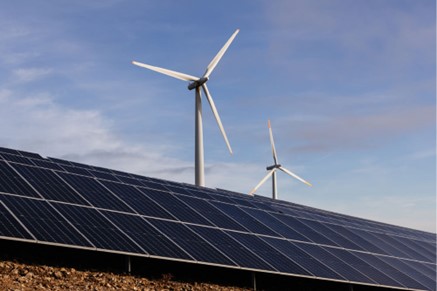
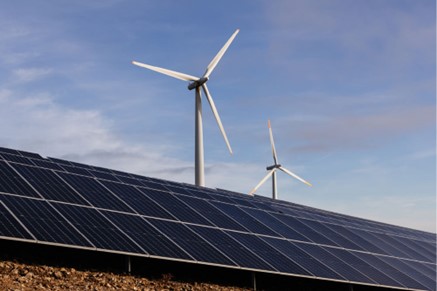
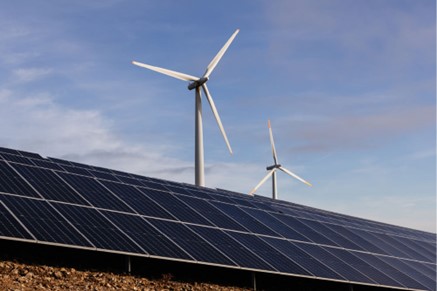
EDPR is focused on increasing the potential of renewable energy assets on a global scale. In its updated business plan for 2023-26, the company aims to achieve a storage capacity of more than 500 MW mainly through batteries installed at wind or solar farms, with a smaller component made up of stand-alone assets such as its recently acquired project in the United Kingdom. EDPR currently has 190 MW of contracted storage capacity in North America and more than 4 MW/6.5 MWh under construction in the Asia-Pacific region.
In Asia Pacific, EDPR recently enhanced a micro-grid system with renewables located in Pulau Ubin, an island in the northeast of Singapore. The enhanced micro-grid now includes a solar green roof with a 328 kilowatt-peak (kWp) solar photovoltaic system together with a 1 Megawatt-hour (MWh) Vanadium Redox Flow Battery Energy Storage System (VRB ESS).
The deployment of a 1 MWh VRB ESS increases the reliability of the electricity sourced from the solar green roof. The ESS helps to mitigate solar variability and ensures the consistent operation of the grid by actively managing any mismatches in supply and demand. Vanadium flow batteries are ideal for this application of long duration energy storage as they can operate continuously for over 20 years without degradation. It is also a significantly safer technology compared to lithium-ion batteries, making them ideal for remote applications such as islands like Pulau Ubin.


The enhanced system will benefit more than 30 households and businesses on the island, reducing the island’s reliance on diesel by nearly 100,000 litres per annum, avoiding 268,000 kg (about 295 metric tons) of carbon emissions. The implementation of these green innovations marks a step towards Singapore’s sustainability agenda, contributing to the broader national goal of environmental stewardship and energy security.
Another recent venture is in Arizona, in the United States. There, EDPR is revolutionizing the energy landscape in the desert with an innovative solar power and energy storage project.
With 23 MWp of installed capacity and a 15 MW/60 MWh battery, this project can store up to four hours of surplus solar power for later use. The project was awarded to Mohave Electric Cooperative (MEC), a nonprofit distribution co-op in Fort Mohave in the Arizona desert, and will enable its 36,700 members to partially replace the use of gas with cleaner energy.
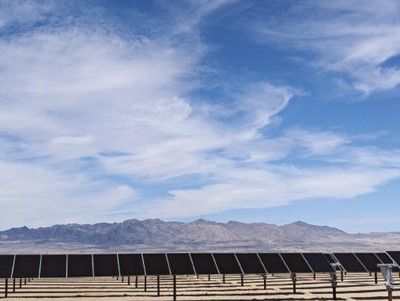
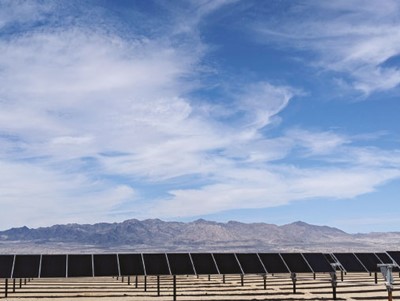

With more than 54,000 solar panels, the Mohave ground-mounted system will offset more than 36,000 metric tons of CO2 annually— equivalent to the carbon sequestered by 43,000 hectares of U.S. forests. This is the largest distributed solar generation and storage project developed to date by EDP Group, demonstrating the company’s ability to provide solutions tailored to different customer needs. The Mohave project uses ATI trackers, an innovative solution in decentralized solar systems that allows the panels to follow the path of the sun throughout the day. Unlike fixed solar panel installations, this tracking system maximizes energy absorption by ensuring that the panels are always positioned to capture sunlight, significantly contributing to Mohave Electric’s renewable energy portfolio. The energy storage will feature AI-driven solar forecasting and advanced modeling for solar optimization, providing added value to MEC and its members.
As construction progresses, a dedicated team must overcome the challenges of geography and extreme weather, with temperatures reaching up to 48 °C (118 °F).
This is a significant step toward a more sustainable future, where innovation and collaboration are the catalyst for positive change.
In Europe, the company’s latest project signed this year in the UK represents a strategic step toward optimizing resources and improving energy efficiency. It is the first stand-alone energy storage project in Europe. The project will contribute approximately 50 MW of capacity to the electricity grid and guarantee two hours of storage capacity. It will also play a crucial role in grid management, offering flexibility and shoring up the British government’s strategy for renewable energy. This first energy storage system developed by EDPR will be located in Kent, England. It was bought from Tupa Energy, a British company that specializes in utility-scale battery storage, solar generation, and other technologies. The project is expected to be operational by the end of 2024.
Energy storage is a priority in EDPR’s long-term strategy. The company expects significant growth in this technology, particularly in the UK. Thanks to a favorable regulatory framework, the British market stands out as the most advanced in Europe in the development of battery-based storage assets. At present, the UK already boasts 3.3 GW of grid-connected battery projects, with a further 2 GW under construction.
Find out more about energy storage and how we are adopting this sustainable option here: Storing energy to decarbonise the planet | edp.com